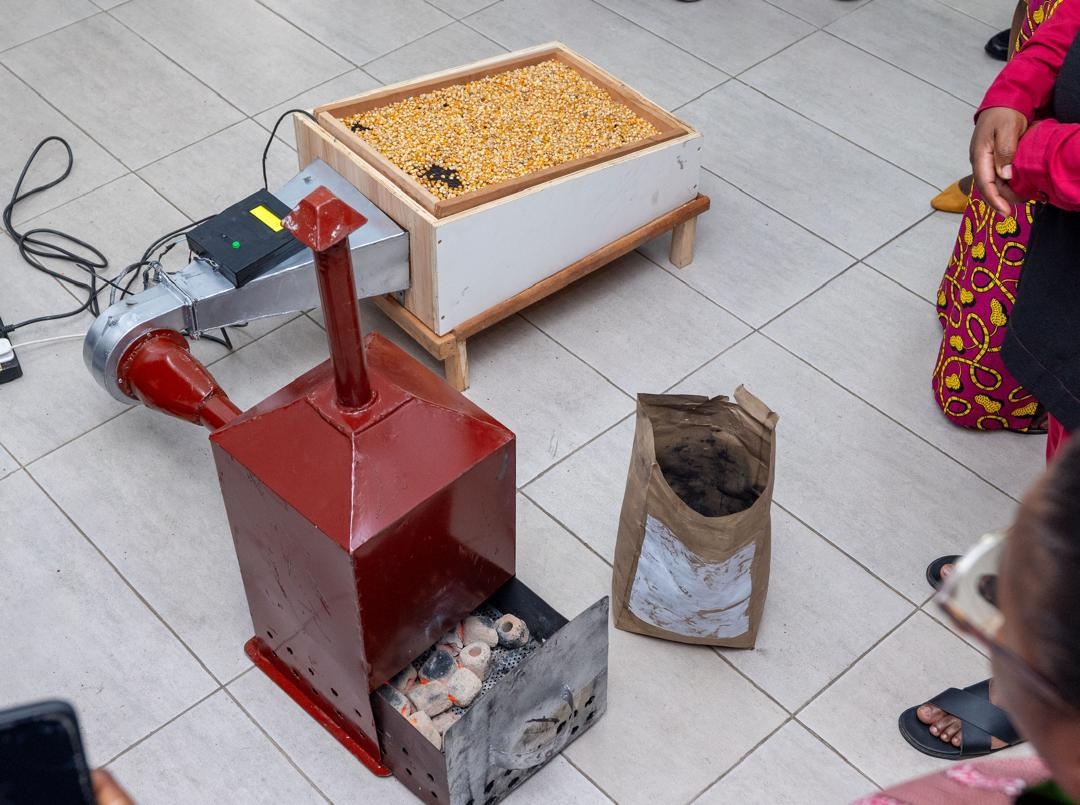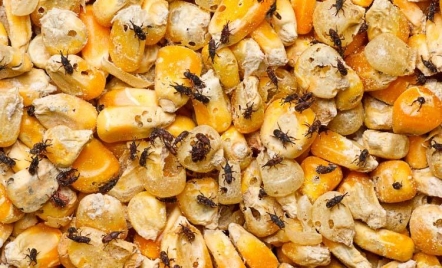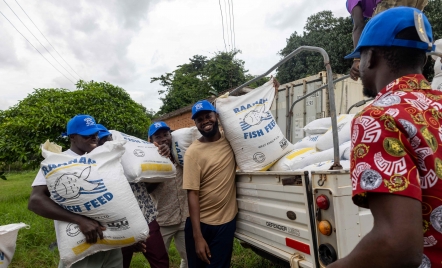During her final year project, Emmanuella Odum and her team designed an innovative green dryer that combines solar and biomass energy to efficiently dry agricultural produce.
What began as an undergraduate project has since evolved into a mission to address one of Ghana’s biggest agricultural challenges, post-harvest losses.
“After graduation, we did not stop there,” Emmanuella shared. “We realised that there was a huge problem in Ghana’s agricultural sector when it comes to post-harvest losses, particularly among small-scale farmers.”

In Ghana, small-scale farmers make up about 80% of the country’s 7.3 million farmers. Most rely on traditional open sun drying methods to preserve their crops.
Unfortunately, this practice exposes produce to contamination, pests, and unpredictable weather, leading to significant losses and reduced product quality.
Motivated by these challenges, Emmanuella and her team decided to advance their innovation beyond the classroom.
“We took our project further to develop it into a solution that can help small-scale farmers reduce their post-harvest losses.
We’ve already conducted test drying sessions with farmers using crops such as maize, cassava, and pepper. Their feedback has been encouraging, and we have co-created improvements with them,” she explained.
Currently, the team is raising funds to begin full-scale operations and offer drying services to farmers across the country.
The green dryer features a drying chamber and a combustion unit made of insulated heat exchangers.
“Agro-waste such as corn cobs, coconut shells, and palm kernel shells are burnt in the combustion unit. We also developed a temperature control system that regulates the blower speed, ensuring precise temperature control during the drying process,” Emmanuella detailed.
Looking ahead, the young innovator and her team envision a broader impact.
“Once we begin operations, we aim to help farmers reduce their post-harvest losses by up to 40 percent. We also plan to create 10 direct and 20 indirect jobs, particularly for women and youth. Additionally, our process will help reduce agricultural waste, contributing to the achievement of Sustainable Development Goals (SDGs) 1, 2, 5, and 8,” she said.
Emmanuella is currently pursuing a master’s degree in Food and Postharvest Engineering, further strengthening her expertise in sustainable agricultural innovation.






Comments